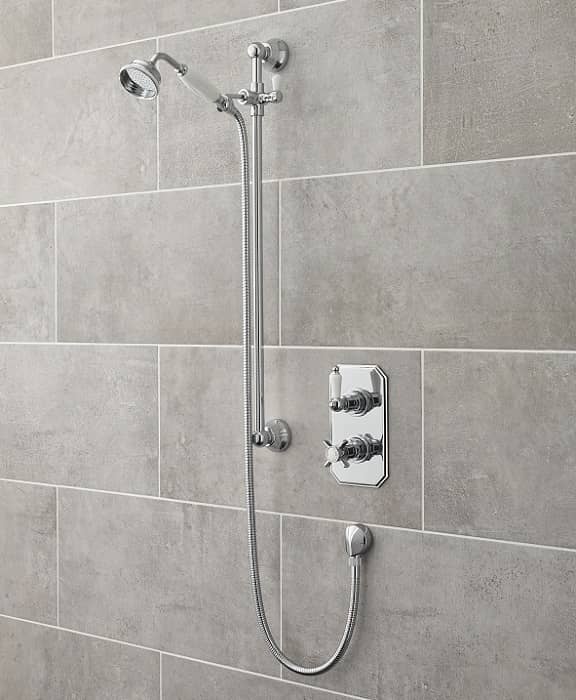The content following next relating to How to Build a Shower Enclosure for Your DIY Bathroom is pretty much insightful. Read it yourself and decide what you think of it.

An effective shower installation calls for cautious planning and also a lot of work. Most of the times, you will need to do 3 types of jobs: framing walls, setting up the plumbing, and ending up walls.
Various Kinds Of Shower Units
Most Usual Errors
Prep work.
Firstly, you have to choose the sort of shower that you wish to mount. It is essential to identify whether the chosen shower can coping with specific systems and can control a secure level of water with the boiler. A lot of shower devices nowadays are developed to be adaptable to different water pressures (such as saved warm water and chilly mains).
It is additionally important to take into consideration the water pressure and the preparation of the piping and also drainage for the shower.
Technique.
Relying on the type of shower you want to mount, the shower head must either be fitted in order to prevent its contact with the water in the bath below or the base tray, or it has to have a check valve.
Prior to beginning, it is suggested to mark the placements of the shower head and also control, and to prepare the pipe-work entailed. Additionally, the drain system to remove the waste water will certainly require to be intended. Both positions of the cable route as well as the shower switch will likewise require to be taken into consideration if a rapid or electrical shower system is being set up.
Utilize the guideline overview provided with the shower unit to fit the shower control.Before fitting the pipes that will provide the water to the shower system, it is necessary to remove the water supply. In order to safeguard the pipes, they ought to be provided a water resistant covering and also fitted with isolating valves. The pipelines can then be buried into the wall and plastered over to neaten the overall look.
Fit the base tray, shower head, and also installations.
Connect the main shower control to the pipes that will be supplying the water (This may need a female screw thread adapter).
Reconnect the supply of water as well as test the pipes for any type of leaks, as some may need tightening.
If you are installing an electrical shower, remember to switch off the electrical power supply before making any electrical connections. As soon as these connections have been made (there should be advice within the user's manual), the power supply can be switched over back on.
Readjusting Water Stress to Fit Your Shower.
The cold water tank can be lifted to a greater height (sometimes just 150mm (6inches)) by installation a strong wooden support beneath it - perhaps composed of struts and also blockboards. If you pick this choice, the main and circulation pipelines will also have to be elevated to fulfill the new height of the reservoir.
Additionally, a booster pump (a single pump or a dual/twin pump) can be fitted. Whichever kind is selected, it should be connected right into the power supply in order to run.
Piping as well as Drainage.
It is best to make use of 15mm size supply pipes, and make the go to the shower as brief and straight as feasible so as to preserve optimal pressure and also minimise heat loss. Furthermore, by reducing using elbow joints for pipeline corners, you can lower the resistance in the circulation of the supply of water. You can achieve this by flexing the pipes rather.
Types Of Shower Enclosure: Which One Is Good For You?
Showers were god made. Common waterfall was the first ever natural shower mankind used. It rinses the bathers clean from head to toe and provide an efficient way of bathing.
Taking inspiration from nature, man designed the indoor shower. A dedicated room was built for the purpose of having a shower and was called the wet room. On the go, this became an essential space in a house.
We have seen people equipping their bathrooms with premium showerhead, soap and toothbrush holders, elegant faucets which give a contemporary look to bathrooms. However, most people do not understand the importance of keeping the bathroom dry and do not concentrate much on shower enclosures.
What are the advantage of using a shower enclosure?
To provide privacy To prevent water from flooding outside the bath area It makes the space more organized Types of shower enclosure doors – Sliding vs Hinged; Framed vs Frameless
Sliding shower doors are ideal as a space saving measure for smaller sized bathrooms. They could consist of 2 or 3 panels. However, it could be more difficult to maintain and clean the sliding tracks. The sliding door could also get stuck or the tracks could get bent. Hinged shower doors provide a larger opening into the wet area and ideal for large sized bathrooms. The hinges, though, could rust and the water may escape the shower door. Shower enclosure doors may also be framed or frameless. Frameless shower doors appear more elegant and have a clean, premium look. Most modern homes opt for the frameless option. They are also easier to maintain. However, they are costlier compared to the framed options. Framed shower doors are cheaper and have an easier installation. The frames may corrode over a period of time. https://buildpro.store/blogs/ideas/4-types-of-shower-enclosure

As an avid reader about How to Build a Shower Enclosure for Your DIY Bathroom, I imagined sharing that piece of writing was important. Sharing is good. Helping others is fun. I praise you for your time. Don't hesitate to pay a visit to our website back soon.
Explore Now